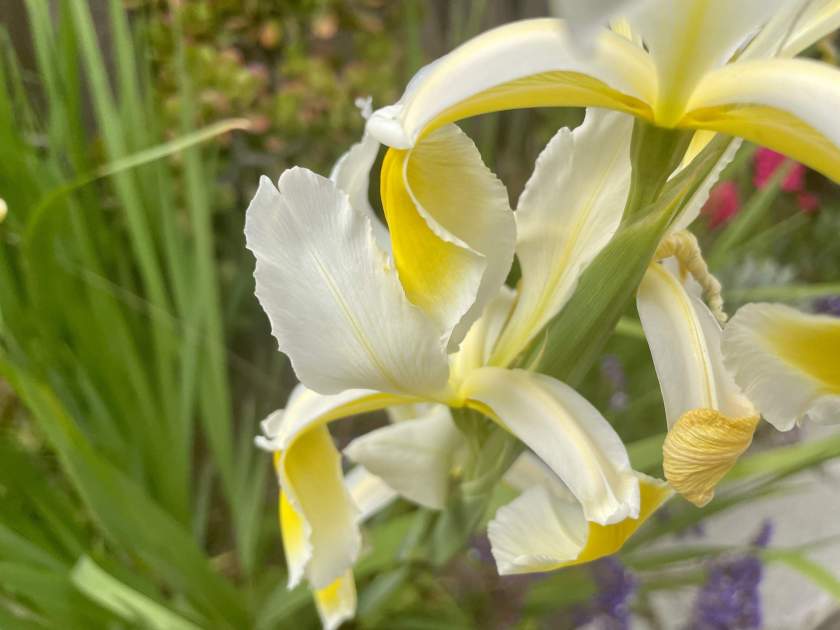
Iris orientalis ‘Ochroleuca’

Tuberous Begonia or Begonia × tuberhybrida

Lilium candidum or Madonna Lily

Hyacinthoides italica

Scilla sardensis

Cyclamen repandum

Tulip or Tulipa ‘Beauty of Spring’

Narcissus ‘Sir Winston Churchill’

Iris Magnifica

